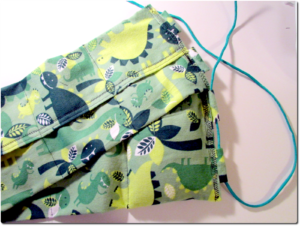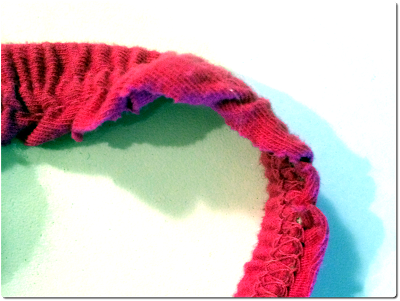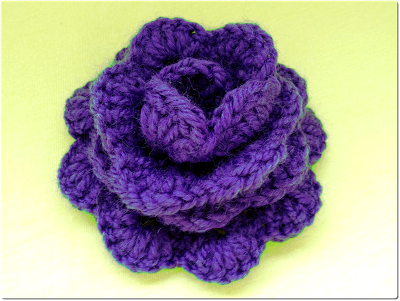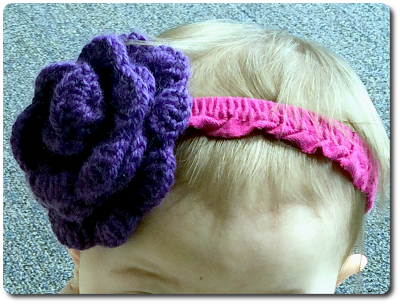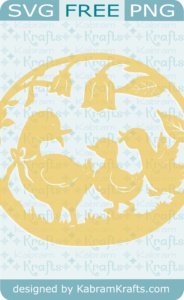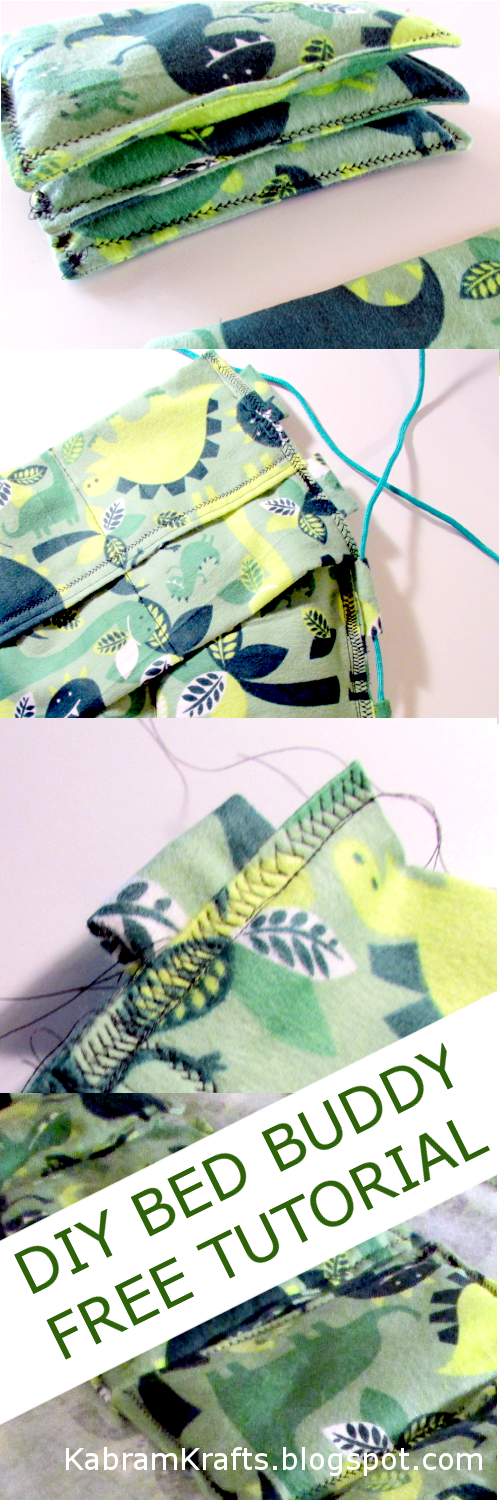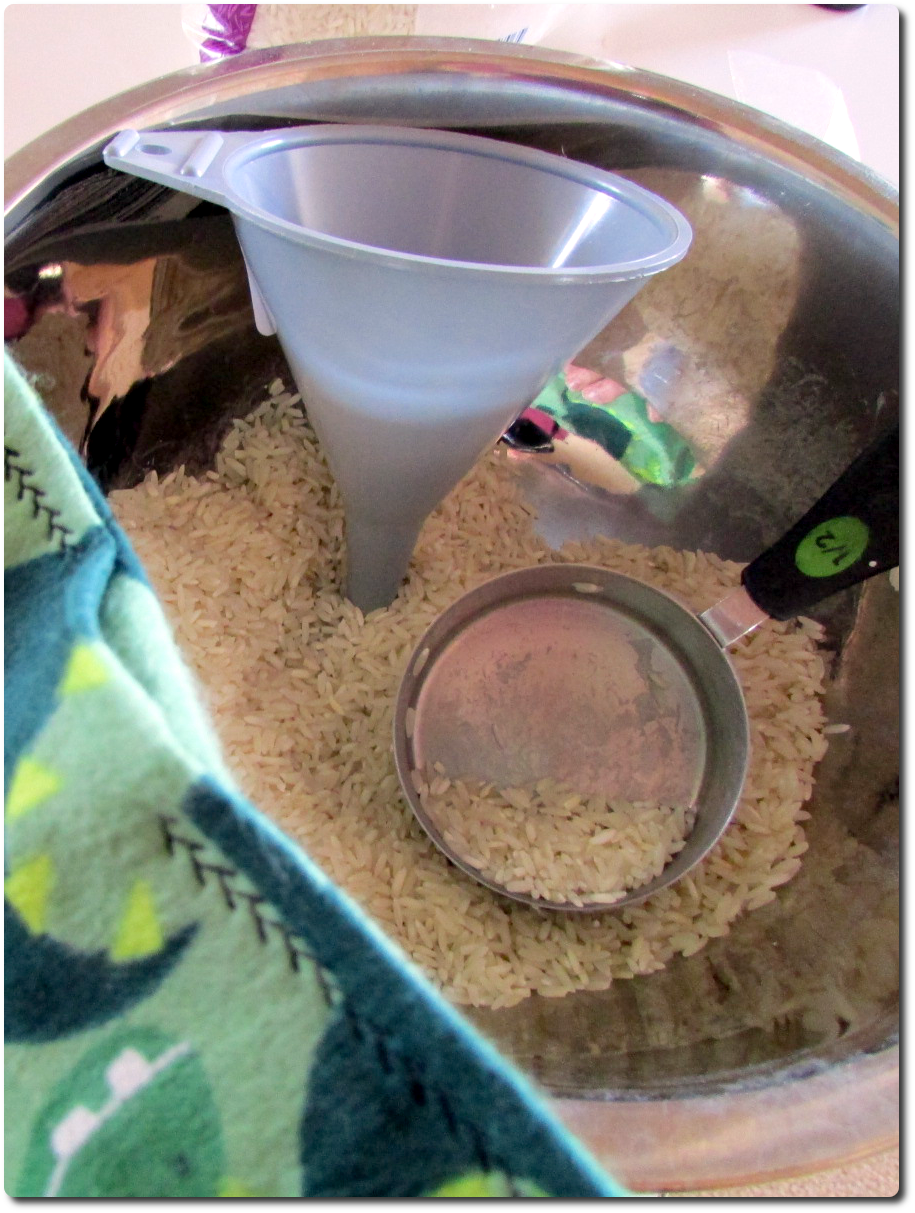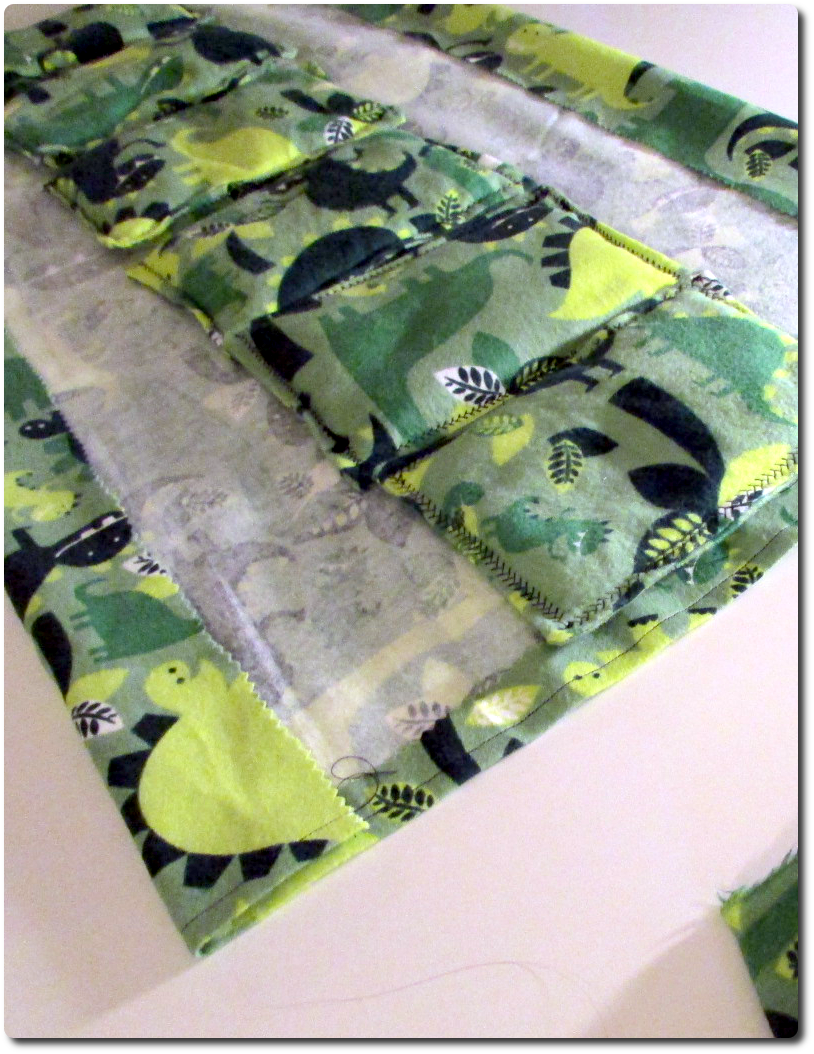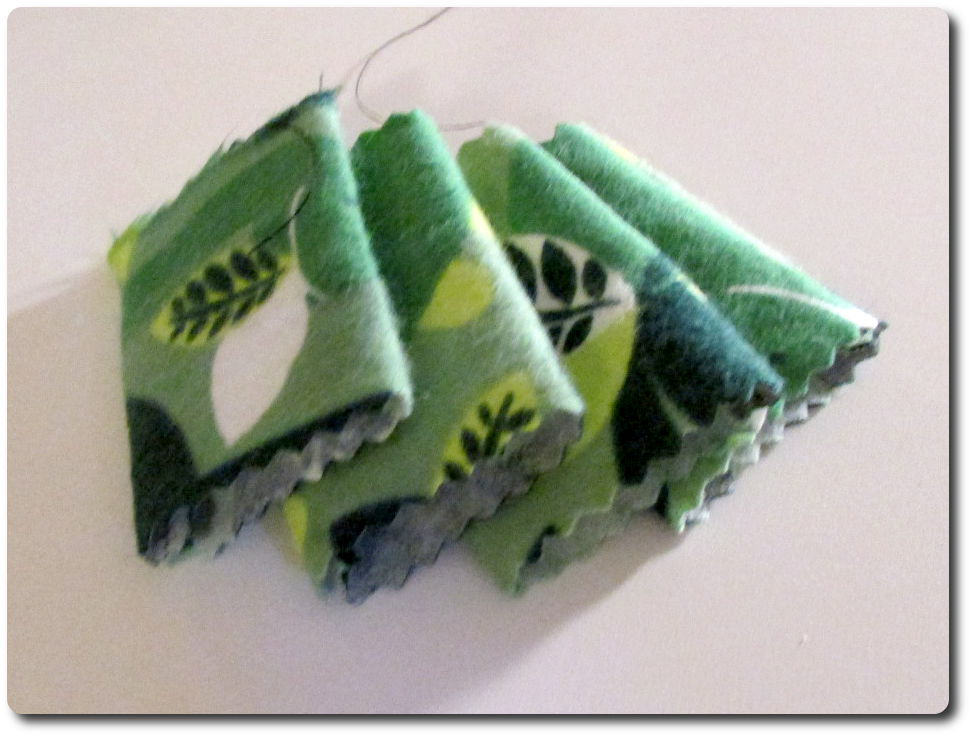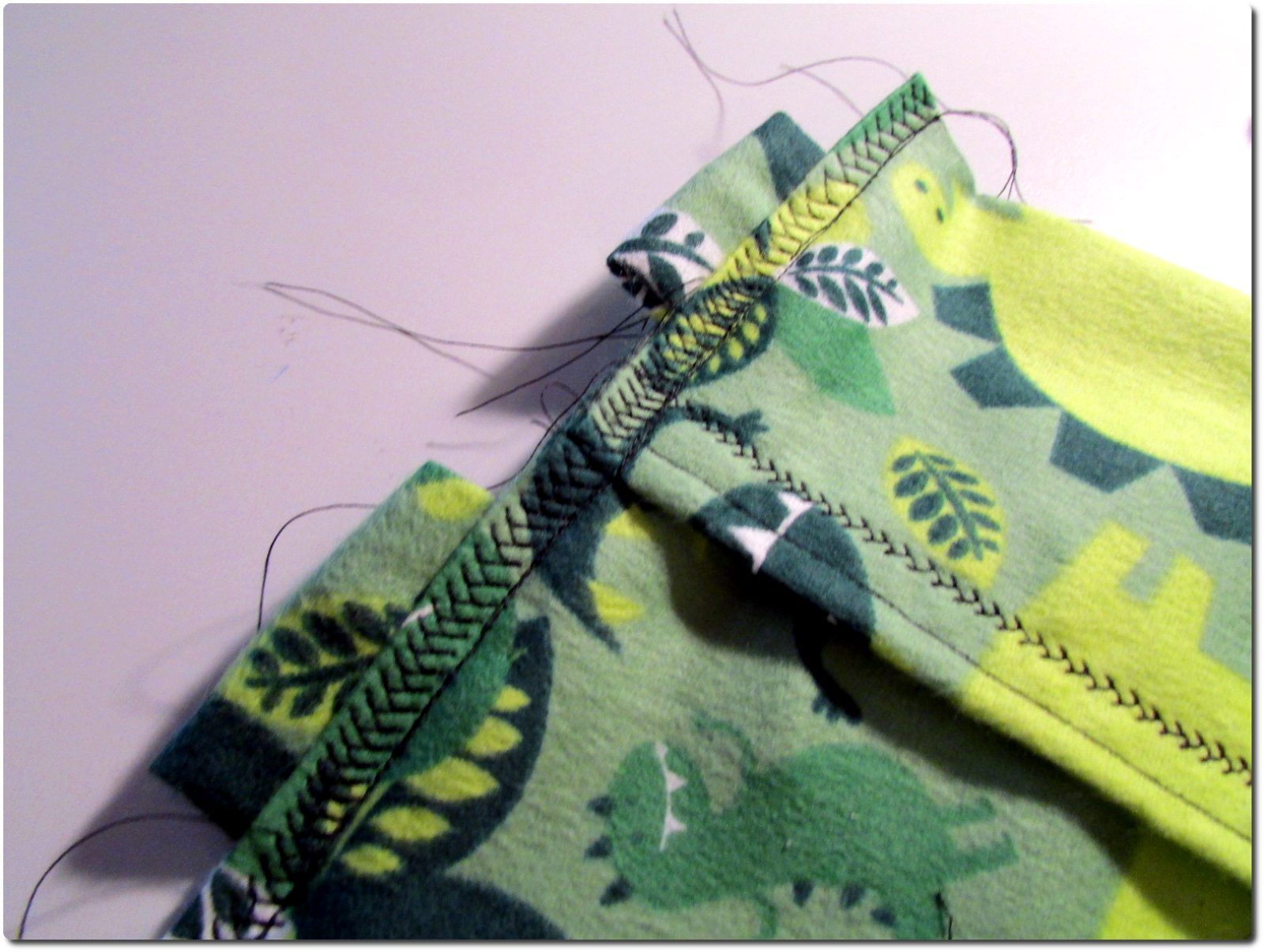
DIY Pillowcase Fun
This DIY Pillowcase project was relatively simple and a great project for the licensed fabrics that we ended up with on our last outing to the craft store. Do you bring your husband along when you go to the craft store? Well, I end up bringing him because we are often out of town together when I have the opportunity to go.
Shopping with the whole Family
What happens when you bring your whole family to the craft store? This happens:
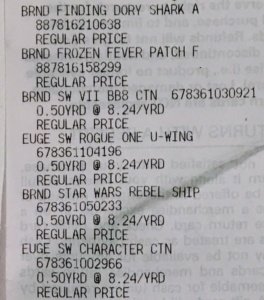
As you can see, we ended up with lot of licensed character fabrics. While the Star Wars fabric is still waiting to be made into pillows for the man cave, the girls’ Dory and Frozen fabrics made it into these cute DIY pillowcases. (Do you like my awesome table? It is a giant 4 foot by 8 foot piece of melamine board!)

Since I am a beginner at sewing, I followed this lovely tutorial on My Childhood Treasures Blog. While she said it only took her about 10 minutes for each pillow once the fabric was cut, mine took at least 30 minutes each. So, your timing may vary depending on your ability, but mine still came out quite adorable.
In this DIY pillowcase, the cuff is sewn on all at once while the body of the pillowcase is rolled up inside. Although envisioning how all the layers work is a little tricky, the sewing itself was straightforward. For my first ever pillow cases, I was very pleased with how they turned out.
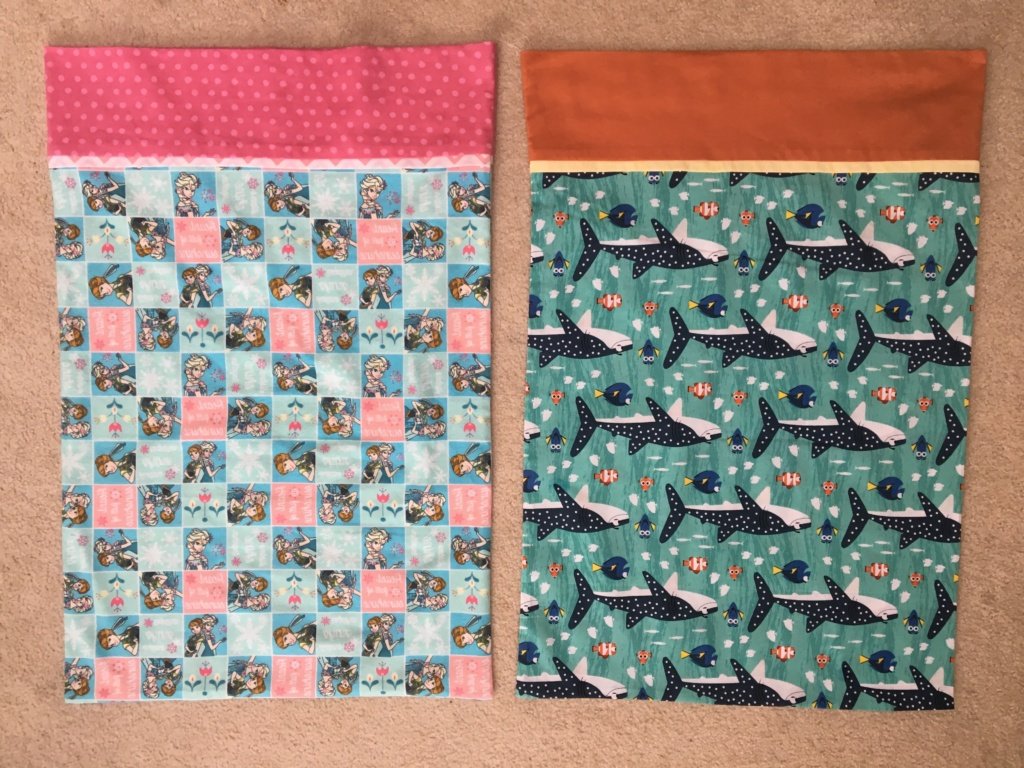
Cutting the Fabric

Also, I used my new rotary cutting tools for this DIY pillowcase project. While I got them to cut squares from my rolls of cork, they made cutting the fabric out for this project super simple! If you give a girl several 60% off coupons, she will use them. So, while I recommend you get them with coupons from one of your local craft stores, here are the tools I used on Amazon. Actually, looking at the current prices on Amazon, I see that they really aren’t that much more than getting them 60% off at the craft store. While I love the craft stores, I do feel like they mark things up significantly!!


What do you think? Do you have different methods? How about customizing them with names or applique? For a long time now I have wanted to use the Silhouette Cameo for doing applique. However, I am intimidated by the sewing half!

My adorable girls enjoying the results. No hesitation here…

Story: “If you bring your family to the craft store, they will want to buy some fabric.”
Moral of the Story: “Don’t bring your family unless you are prepared to make pillows.”







